Home>Home Appliances>Laundry Appliances>How To Wash Clothes In A Washing Machine
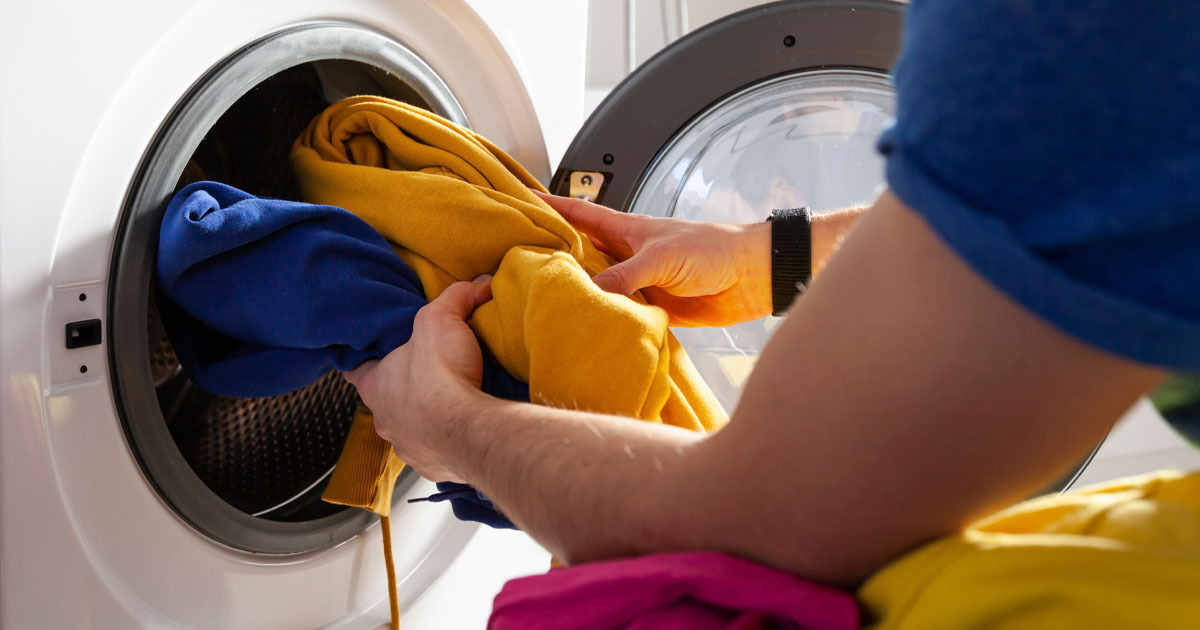

Laundry Appliances
How To Wash Clothes In A Washing Machine
Published: February 21, 2024
Learn the best way to wash clothes in a washing machine with our expert tips. Discover the most efficient laundry appliances for cleaner, fresher clothes.
(Many of the links in this article redirect to a specific reviewed product. Your purchase of these products through affiliate links helps to generate commission for Storables.com, at no extra cost. Learn more)
Introduction
Washing clothes is a routine chore that most of us engage in regularly. Whether it's a pile of dirty laundry from a week's worth of activities or a few essential items that need a quick refresh, the washing machine is a modern marvel that simplifies this essential task. Understanding how to properly use a washing machine can make a significant difference in the cleanliness and longevity of your clothes. In this comprehensive guide, we will delve into the step-by-step process of washing clothes in a washing machine, covering everything from sorting clothes to selecting the appropriate settings and adding extra stain treatment when necessary.
As we embark on this journey, it's important to recognize the significance of this household task. The act of washing clothes not only ensures that our garments remain clean and fresh but also plays a pivotal role in maintaining personal hygiene. Moreover, the process of washing clothes can be therapeutic for some, offering a sense of accomplishment and satisfaction as the laundry transforms from soiled to spotless.
In today's fast-paced world, the washing machine stands as a symbol of convenience and efficiency. It has liberated individuals from the laborious and time-consuming task of hand-washing clothes, allowing for more time to be spent on other meaningful pursuits. With the advancement of technology, modern washing machines are equipped with an array of features and settings designed to cater to various fabric types and soil levels, ensuring optimal cleaning results while preserving the integrity of the garments.
Throughout this guide, we will explore the nuances of washing clothes in a machine, providing insights into the best practices for sorting clothes, adding detergent and fabric softener, selecting the appropriate washing machine settings, and addressing stubborn stains with extra treatment. By the end of this journey, you will be equipped with the knowledge and confidence to tackle your laundry with finesse, ensuring that your clothes emerge from the washing machine revitalized and ready to accompany you on your next adventure.
Key Takeaways:
- Properly sorting clothes before washing prevents color bleeding, fabric damage, and ensures each garment receives tailored care for a successful laundry cycle.
- Adding the right detergent and fabric softener, setting the appropriate wash cycle and temperature, and addressing stubborn stains ensures optimal cleaning results and garment care.
Read more: How To Reset A Washer
Sorting Clothes
Sorting clothes before loading them into the washing machine is a crucial step that sets the foundation for a successful laundry cycle. This process involves categorizing garments based on their color, fabric type, and level of soiling. By meticulously sorting the clothes, you can prevent color bleeding, preserve the quality of delicate fabrics, and ensure that heavily soiled items receive the appropriate treatment.
Categorizing by Color
Separating clothes by color is essential to prevent dyes from bleeding onto lighter garments. Whites, light colors, and darks should be washed separately to maintain the vibrancy of each item. This practice minimizes the risk of discoloration and allows for a more effective cleaning process.
Sorting by Fabric Type
Different fabrics require specific care to maintain their integrity. Delicate items such as silk, lace, and chiffon should be washed separately from sturdier fabrics like denim and cotton. Sorting clothes based on fabric type prevents damage and ensures that each garment receives the appropriate level of agitation and spin speed.
Considering Soil Level
Heavily soiled items, such as sportswear or work uniforms, should be washed separately from lightly soiled everyday clothing. This separation prevents dirt and grime from transferring onto other garments and allows for a more thorough cleaning of heavily soiled items.
Read more: How To Start The Washing Machine
Additional Considerations
In addition to color, fabric type, and soil level, it's important to check garment labels for specific care instructions. Some items may require special attention, such as hand washing or using a gentle cycle. By adhering to these guidelines, you can prolong the lifespan of your clothes and maintain their original quality.
By meticulously sorting your clothes before loading them into the washing machine, you set the stage for a successful and efficient laundry cycle. This thoughtful approach not only safeguards the integrity of your garments but also ensures that each item receives the tailored care it deserves. With the clothes sorted and prepared, it's time to move on to the next step in the laundry process.
Adding Detergent and Fabric Softener
Once the clothes are sorted and ready for the washing machine, the next crucial step is adding the appropriate detergent and fabric softener. These products play a pivotal role in cleansing the garments and enhancing their softness and fragrance. Here's a detailed look at the process of adding detergent and fabric softener to ensure optimal cleaning results and garment care.
Selecting the Right Detergent
Choosing the right detergent is essential for achieving clean and fresh-smelling clothes. It's important to consider factors such as fabric type, soil level, and any specific laundry needs, such as hypoallergenic or eco-friendly options. For heavily soiled items, a detergent with powerful stain-fighting properties may be necessary, while delicate fabrics may require a gentle, mild detergent to prevent damage.
Measuring the Detergent
Proper measurement of the detergent is crucial to avoid overuse or underuse, both of which can impact the cleaning efficacy. Refer to the detergent packaging for guidelines on the recommended amount based on load size and soil level. Using a measuring cup or dispenser ensures accuracy and prevents detergent residue from accumulating on the clothes.
Read more: How To Drain A Kenmore Washer
Adding Fabric Softener
Fabric softener is an optional but beneficial addition to the laundry process. It imparts a soft and luxurious feel to the garments while reducing static cling and imparting a pleasant fragrance. When using a top-loading washing machine, the fabric softener is typically added during the rinse cycle. For front-loading machines, a designated fabric softener compartment simplifies the process.
Precautions and Considerations
It's important to adhere to any specific instructions provided by the detergent and fabric softener manufacturers. Some detergents may require pre-dissolving before adding them to the washing machine, while certain fabrics may be sensitive to certain types of fabric softeners. Additionally, for individuals with sensitive skin or allergies, selecting hypoallergenic and fragrance-free options can mitigate potential skin irritations.
Maximizing Efficiency
To ensure the detergent and fabric softener are evenly distributed throughout the load, it's advisable to pour them directly into the designated compartments or dispensers in the washing machine. This facilitates thorough dispersion during the wash cycle, promoting consistent cleaning and softening of the garments.
By meticulously following these steps and considerations when adding detergent and fabric softener, you can optimize the cleaning process and elevate the freshness and softness of your clothes. With the laundry essentials in place, the next phase involves setting the washing machine to the appropriate cycle and temperature for a thorough and effective cleaning process.
Setting the Washing Machine
Setting the washing machine to the appropriate cycle and temperature is a critical step that directly influences the cleaning efficacy and garment care. Modern washing machines offer a range of cycle options, each tailored to specific fabric types, soil levels, and laundry needs. Understanding the significance of these settings and making informed choices can significantly impact the cleanliness and longevity of your clothes.
Read more: How To Measure A Washing Machine
Selecting the Wash Cycle
The wash cycle determines the intensity and duration of the washing process. Common cycle options include Normal, Delicate, Permanent Press, and Heavy Duty, each designed to cater to different fabric types and soil levels. The Normal cycle is suitable for everyday items, while the Delicate cycle is ideal for fragile fabrics that require gentle agitation. Permanent Press is tailored to wrinkle-resistant and synthetic fabrics, and the Heavy Duty cycle is reserved for heavily soiled items and sturdy fabrics. By selecting the appropriate wash cycle, you ensure that the garments receive the optimal level of care and cleaning action.
Adjusting the Water Temperature
The water temperature plays a crucial role in the cleaning process, influencing the effectiveness of the detergent and the preservation of fabric integrity. Most washing machines offer three temperature options: hot, warm, and cold. Hot water is effective in removing tough stains and sanitizing heavily soiled items, while cold water is suitable for delicate fabrics and colored clothes to prevent color bleeding and shrinkage. Warm water strikes a balance, offering effective cleaning without the risk of damage. By aligning the water temperature with the fabric type and soil level, you can achieve thorough cleaning while safeguarding the quality of the garments.
Additional Settings and Options
In addition to the wash cycle and water temperature, modern washing machines may feature additional settings and options to enhance the laundry experience. These may include pre-soak, extra rinse, and quick wash functions, as well as specific settings for bulky items, sportswear, and allergen removal. Leveraging these options allows for tailored care and targeted treatment, addressing unique laundry needs and ensuring comprehensive cleaning results.
Optimizing Energy Efficiency
For environmentally conscious individuals, many washing machines offer energy-saving and eco-friendly settings. These options prioritize water and energy conservation without compromising cleaning performance. By selecting these settings, you contribute to sustainability efforts while efficiently managing your laundry.
By thoughtfully setting the washing machine to align with the specific laundry requirements, you pave the way for a thorough and effective cleaning process. Each garment receives the tailored care it deserves, ensuring that they emerge from the washing machine revitalized and ready to accompany you on your next adventure.
Read more: How To Reset A GE Washer
Adding Extra Stain Treatment
In the quest for pristine and spotless garments, addressing stubborn stains with extra treatment can be a game-changer in the laundry process. Whether it's a pesky coffee spill, a grass stain from outdoor adventures, or a splash of sauce from a culinary mishap, targeted stain treatment can salvage the integrity of the garment and restore its original appearance. Here's a detailed exploration of the process of adding extra stain treatment to ensure that even the most stubborn blemishes are effectively addressed.
Identifying the Stain Type
Before embarking on the stain treatment process, it's essential to identify the nature of the stain. Different stains, such as oil-based, protein-based, or tannin-based, require specific treatment approaches to achieve optimal removal. By recognizing the composition of the stain, you can select the most suitable treatment method and avoid exacerbating the blemish.
Pre-Treating the Stain
Pre-treating the stain involves applying a targeted stain remover or detergent directly to the affected area before the garment enters the washing machine. This preemptive action allows the stain-fighting agents to penetrate the fabric and begin breaking down the blemish, increasing the likelihood of complete removal during the wash cycle. Gently massaging the pre-treatment solution into the stain can further enhance its effectiveness.
Harnessing the Power of Natural Remedies
In addition to commercial stain removers, natural remedies such as white vinegar, baking soda, and lemon juice can serve as potent allies in the battle against stubborn stains. These household staples possess natural cleaning properties that can effectively combat a wide range of blemishes. For example, a mixture of baking soda and water can form a paste that tackles grease stains, while a solution of white vinegar and water can neutralize odors and lift discoloration.
Read more: How To Hide Washer Hookups
Allowing for Dwell Time
Dwell time, or the duration for which the stain treatment remains in contact with the fabric, is a crucial factor in achieving successful stain removal. Allowing the pre-treatment solution or natural remedy to dwell on the stain for an adequate period can maximize its efficacy. This period of immersion enables the stain-fighting agents to penetrate the fabric fibers and loosen the blemish, preparing it for thorough elimination during the wash cycle.
Targeted Spot Treatment
For particularly stubborn or set-in stains, targeted spot treatment may be necessary. This involves focusing the stain removal efforts on specific areas of the garment, applying concentrated stain removers or natural remedies to ensure comprehensive and precise treatment. By addressing the stain at a localized level, you increase the likelihood of complete eradication, restoring the garment to its pristine state.
By incorporating these strategies and techniques into the stain treatment process, you can elevate the effectiveness of the laundry cycle and ensure that even the most formidable blemishes are conquered. With the extra stain treatment in place, the garments are primed for a thorough and transformative cleaning experience, setting the stage for their triumphant emergence from the washing machine.
Removing Clothes from the Washing Machine
Once the washing machine has completed its cycle and the garments are freshly laundered, the process of removing the clothes is a pivotal step in preserving their cleanliness and integrity. This phase requires care and attention to ensure that the garments are handled delicately and efficiently, setting the stage for the subsequent drying and storage process.
Prompt Retrieval
Promptly removing the clothes from the washing machine upon the completion of the cycle is essential to prevent the formation of wrinkles and musty odors. Allowing the garments to languish in the washing machine can lead to dampness and a stale smell, detracting from the freshness achieved during the cleaning process.
Read more: How To Reset Frigidaire Washer
Delicate Handling
Gently handling the freshly washed clothes is crucial to prevent stretching, misshaping, or damage to delicate fabrics. Carefully lifting the garments out of the washing machine and supporting their weight minimizes strain on the fabric fibers and maintains their original form.
Shake Out and Smooth
Before transferring the clothes to the drying area, gently shaking out each garment helps to release any tangled or bunched fabric, facilitating a more efficient drying process. Additionally, smoothing out any wrinkles or folds by hand can aid in achieving a neater appearance post-drying, reducing the need for extensive ironing.
Drying Preparation
As the clothes are removed from the washing machine, it's an opportune time to prepare for the drying phase. Sorting the garments based on their drying requirements, such as air-drying delicate items and placing sturdier fabrics in the dryer, streamlines the subsequent steps and ensures that each garment receives the appropriate treatment.
Maintenance of the Washing Machine
After the clothes have been successfully removed, taking a moment to wipe down the interior of the washing machine and leave the door ajar allows for air circulation, preventing the development of mold and mildew. This simple maintenance practice contributes to the longevity and cleanliness of the washing machine, ensuring its optimal performance for future laundry cycles.
By meticulously adhering to these steps when removing clothes from the washing machine, you uphold the cleanliness and quality of the freshly laundered garments, setting the stage for the subsequent drying and storage process. With the clothes delicately handled and prepared for drying, the culmination of the washing process marks the beginning of the garments' renewed freshness and readiness for their next venture.
Frequently Asked Questions about How To Wash Clothes In A Washing Machine
Was this page helpful?
At Storables.com, we guarantee accurate and reliable information. Our content, validated by Expert Board Contributors, is crafted following stringent Editorial Policies. We're committed to providing you with well-researched, expert-backed insights for all your informational needs.
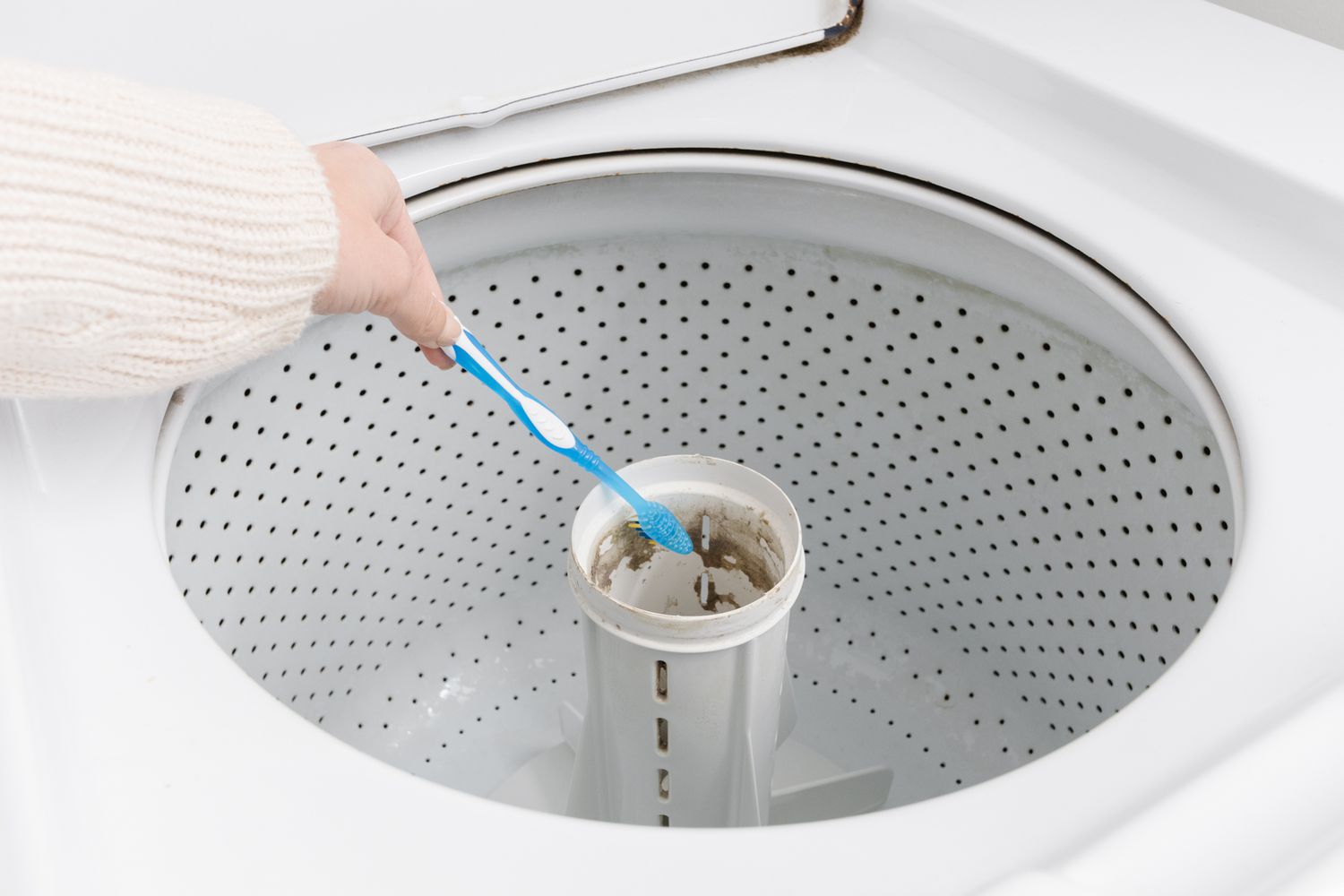
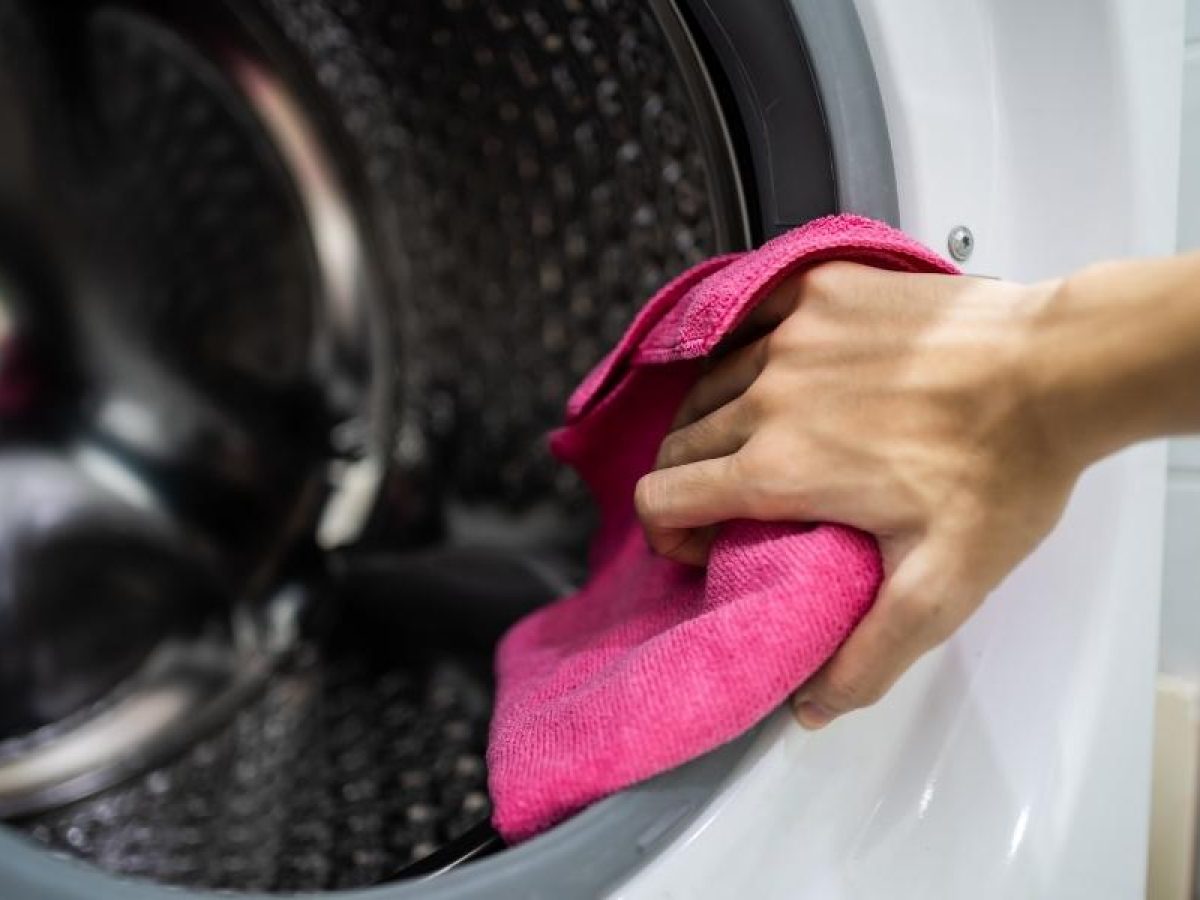

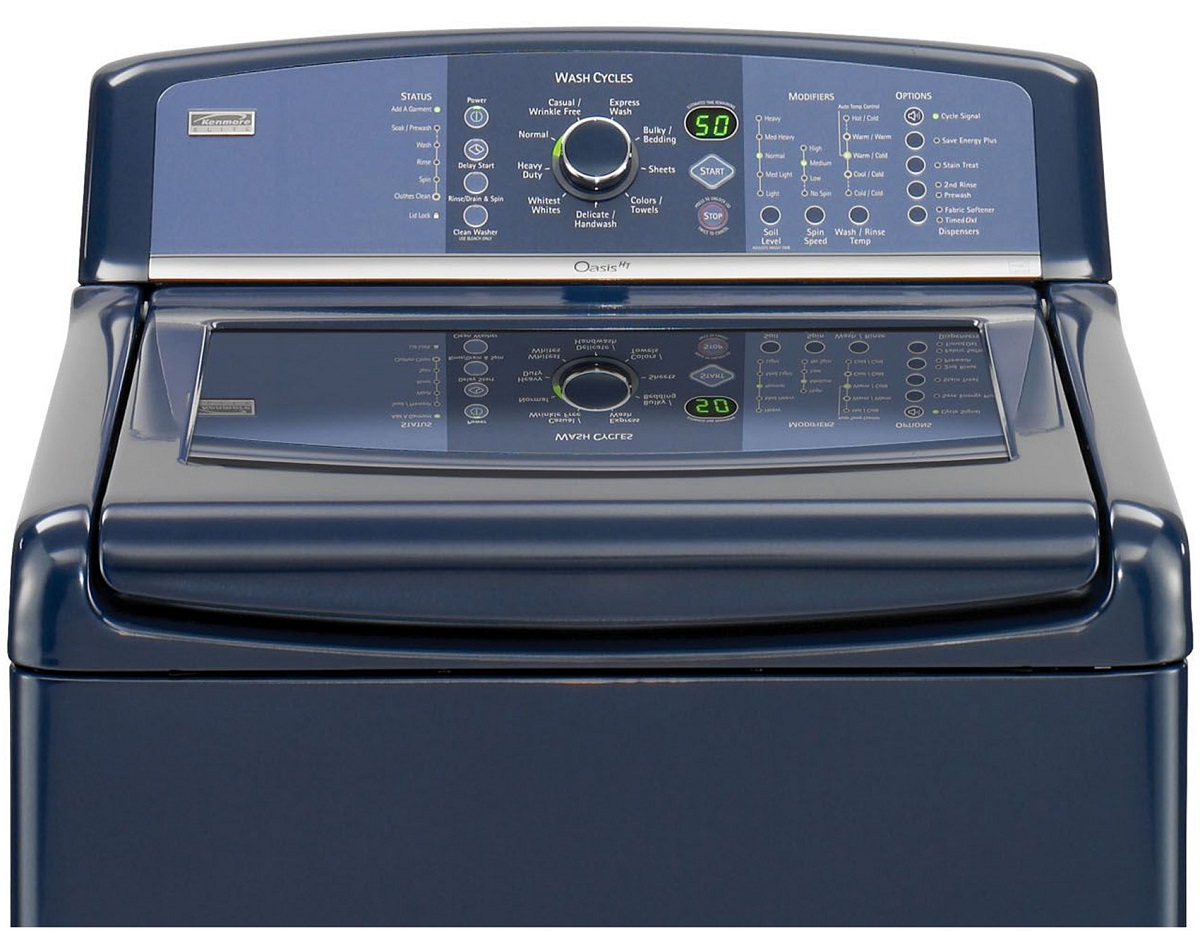
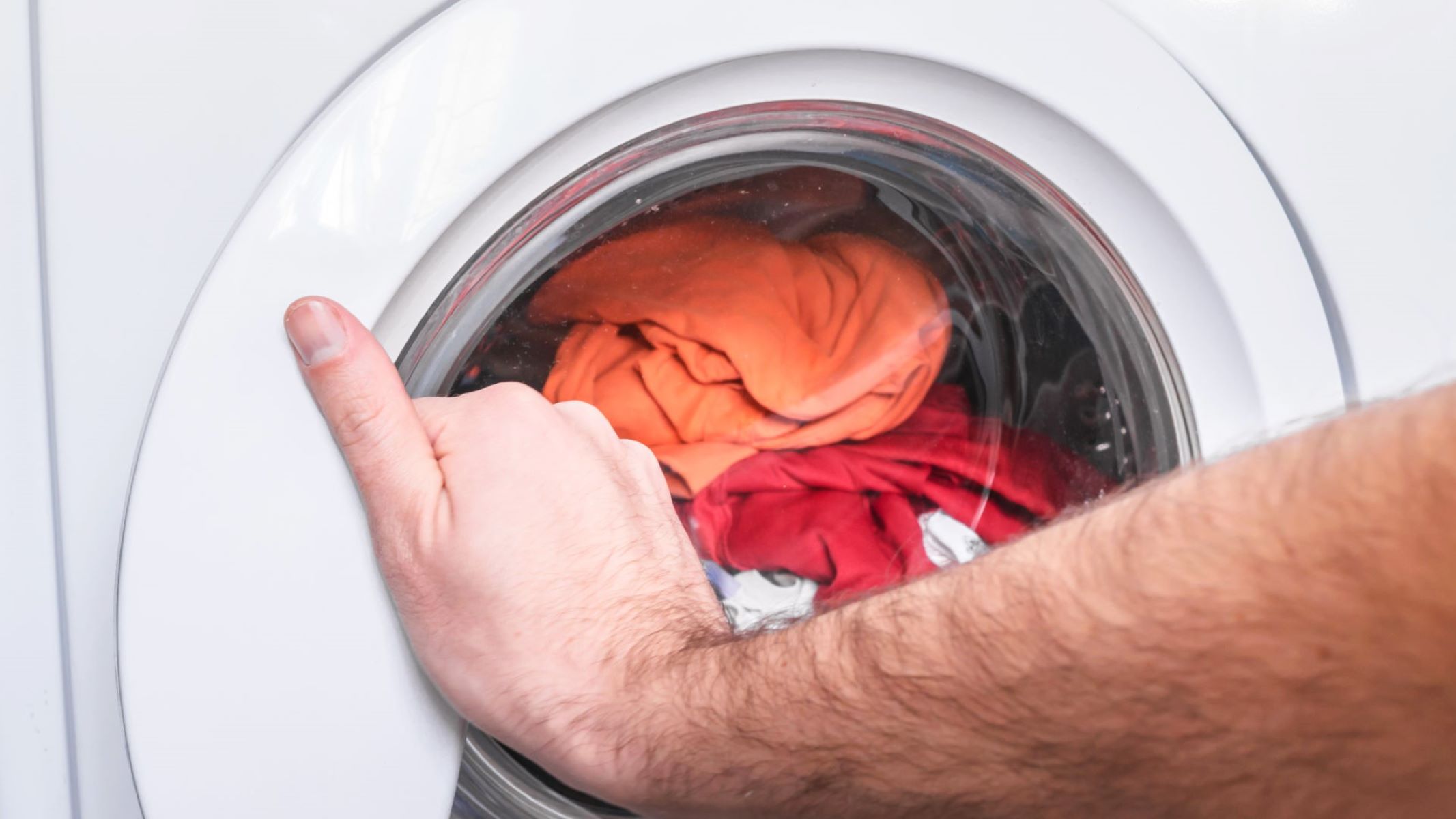


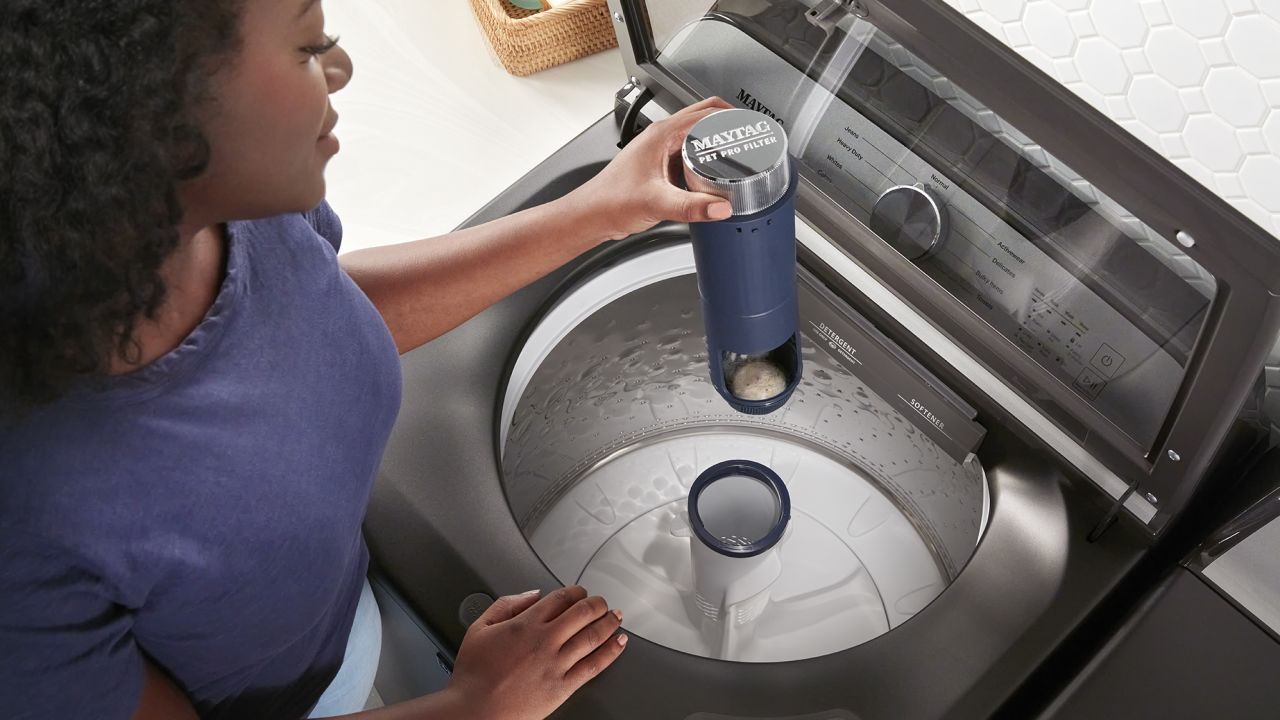
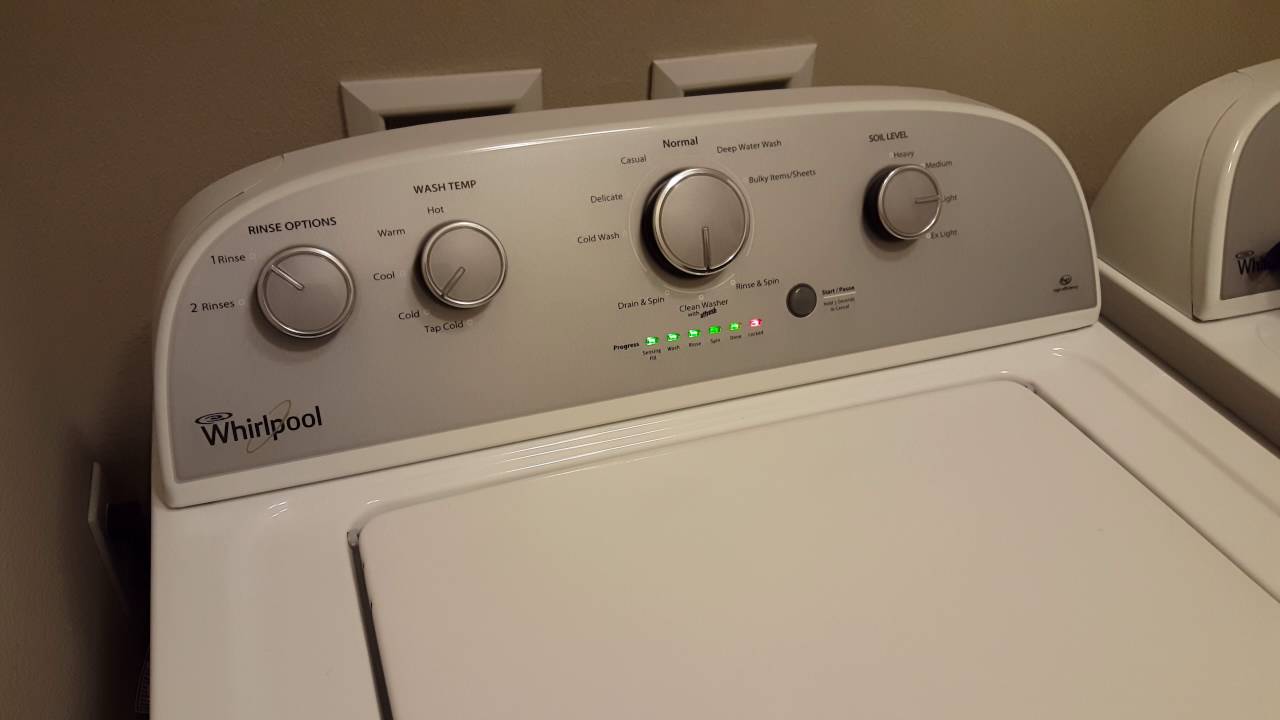

0 thoughts on “How To Wash Clothes In A Washing Machine”